The People’s Republic of China regularly launches rockets into space, which the media call Chang Zheng, which is translated as “The Long March”. They have different indices, usually from 2 to 11. So, let’s find out what kind of rockets China has, how they differ, and how not to get confused about them.
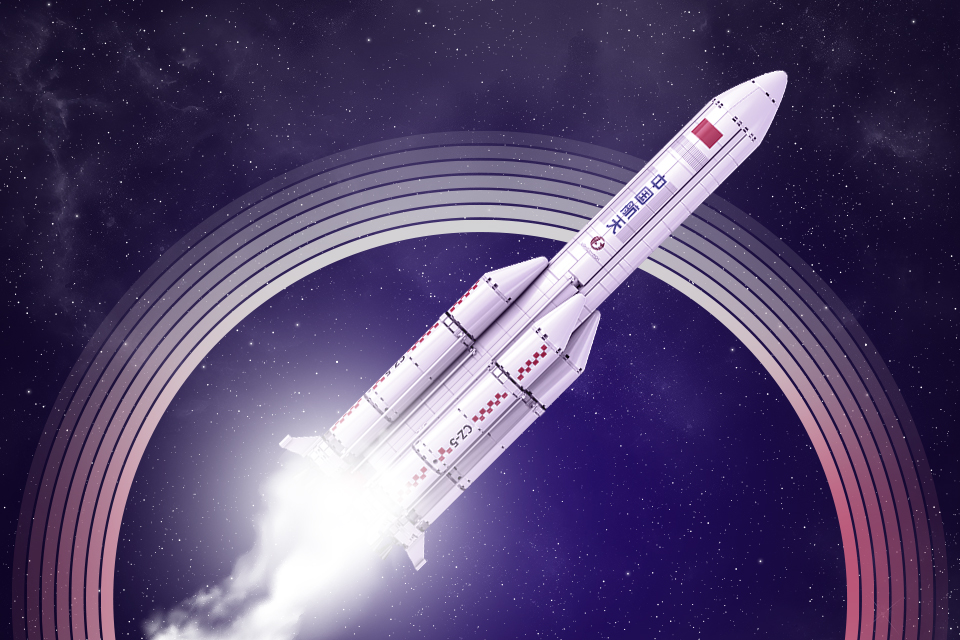
What are the correct names for Chinese missiles?
China is one of the most powerful space powers of our time. In 2023 alone, it carried out 67 launches, most of which were by various Chang Zheng rockets. At the same time, various sources also refer to these same launch vehicles as Long March. This may give the impression that we are talking about different events.
However, in fact, these are the same media. “Chang Zheng” is the transliteration of Chinese words, and since proper names are usually not translated, this option can be considered unambiguously correct. And “Long March” is the translation of the same rocket’s name. It is named in honour of the Chinese Communists’ campaign in 1934-36 during the civil war in the country.
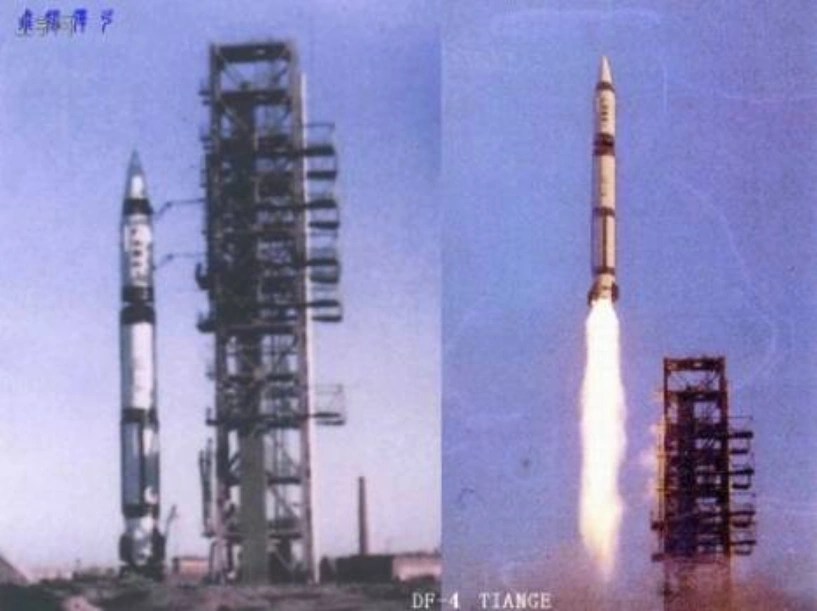
The birth of the Chang Zheng series
In the second half of the 1960s, China already had a developed rocket industry. Initially, the Soviet Union actively shared technologies with Beijing, but after the conflict on Damansky Island in 1962, relations between the two communist states deteriorated sharply. So, the Chinese had to build new ballistic missiles on their own.
They were not at a loss and as soon as in 1965 created their first two-stage ballistic missile, the Dongfeng-4. This carrier, whose name translates as “East Wind”, could deliver a 3.3 megaton nuclear warhead to a distance of 5,500 km. That would be enough for Moscow or US bases in the Pacific.
It was on the basis of the Dongfeng-4 that the Chinese Communists decided to create their first space rocket, called Chang Zheng 1. It was also a two-stage rocket and relatively small — only 29 metres high. However, it was effective for launching small spacecraft.
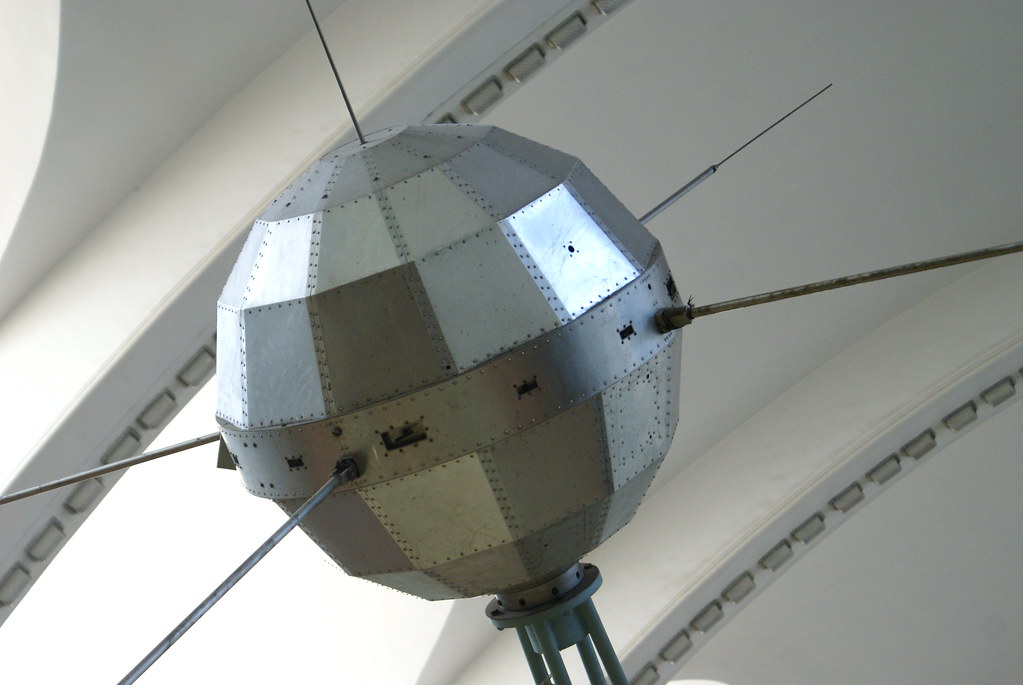
The first attempt to launch Chang Zheng 1 in 1969 was a failure. However, on 24 April 1970, it successfully launched the first Chinese satellite, Dong Fang Hong 1, into orbit. This was followed by another successful launch, and later it was decided to abandon the operation of this carrier.
China had a new ballistic missile, the Dongfeng-5, ready to launch satellites. This is how the Chang Zheng 2A launch vehicle was born. It was also a two-stage rocket, but it could already launch 1,800 kg of payload into low Earth orbit. From 1974 to 1978, four launches took place, one of which ended in failure.
Chang Zheng 2A, like its prototype Dongfeng-5, used asymmetric dimethylhydrazine (NDMH) and nitrogen tetraoxide as a fuel-oxidant pair. Both substances are highly poisonous, but in the 1970s their use was still considered quite acceptable even outside of China. Therefore, China decided to create new launch vehicles by improving this particular rocket.
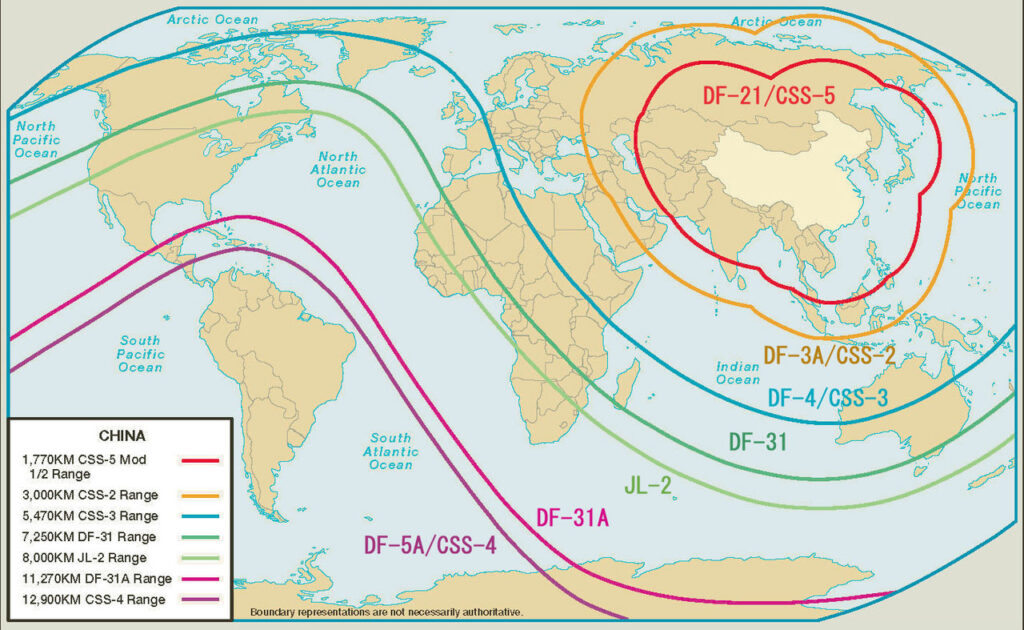
The range of Chinese ballistic missiles. Source: Wikipedia
Chang Zheng launch vehicles from different manufacturers
In the 1980s, two separate design bureaus were established in China to design new launch vehicles based on the Chang Zheng 2A. Most of the vehicles were created at the China Aerospace Launch Technology Research Institute (CALT). It was here that the Chang Zheng 2C was created.
It was an enlarged version of the Chang Zheng 2A with a height of 43 m and could launch 4 tonnes of payload into low Earth orbit or 1,250 kg into geostationary orbit. The first launch took place in September 1982, and since then, this carrier has been regularly used by China to launch various devices into space. The not-so-successful launch in March 2024 was its 78th.
Along with the development of Chang Zheng 2C CALT began to develop a three-stage version of the launch vehicle, called Chang Zheng 3. The main stage, which was still a thorough reworking of the Dongfeng-5 ballistic missile, was supplemented by another stage fuelled by the same NGMG and nitrogen tetraxide, and a large payload fairing.
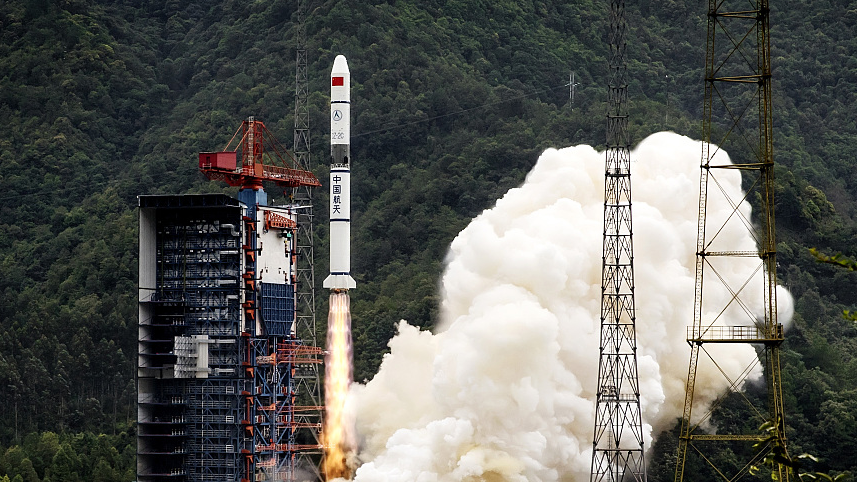
The new rocket was first launched into space in January 1984. The main task of Chang Zheng 3 was to put communication satellites into geostationary orbits, which it did more or less successfully until 2000. Out of 13 launches, 10 were successful and one was partially successful.
Meanwhile, another Chinese design bureau, the Shanghai Academy of Space Technology (SAST), created its own version of a three-stage carrier based on the Dongfeng-5. It turned out to be slightly smaller and cheaper than Chang Zheng3 and was named Chang Zheng 4A. Its two flights into space took place in 1988 and 1990, after which it was decided to replace it with a larger and more powerful version, Chang Zheng 4B. It was capable of placing 4,200 kg of payload into low Earth orbit and, like its predecessor, was used primarily to launch satellites into sun-synchronous orbits passing above the Earth’s poles. A total of 32 launches were carried out between 1999 and 2019, of which only one failed.
Meanwhile, SAST has created another version of its rocket, called Chang Zheng 4C. It differs from the previous one mainly in the increased fairing for the payload and the ability to re-launch the second stage. It took off for the first time in 2006. A total of 53 launches took place, 51 of which were successful. In all cases, these were state-owned or commercial satellites.
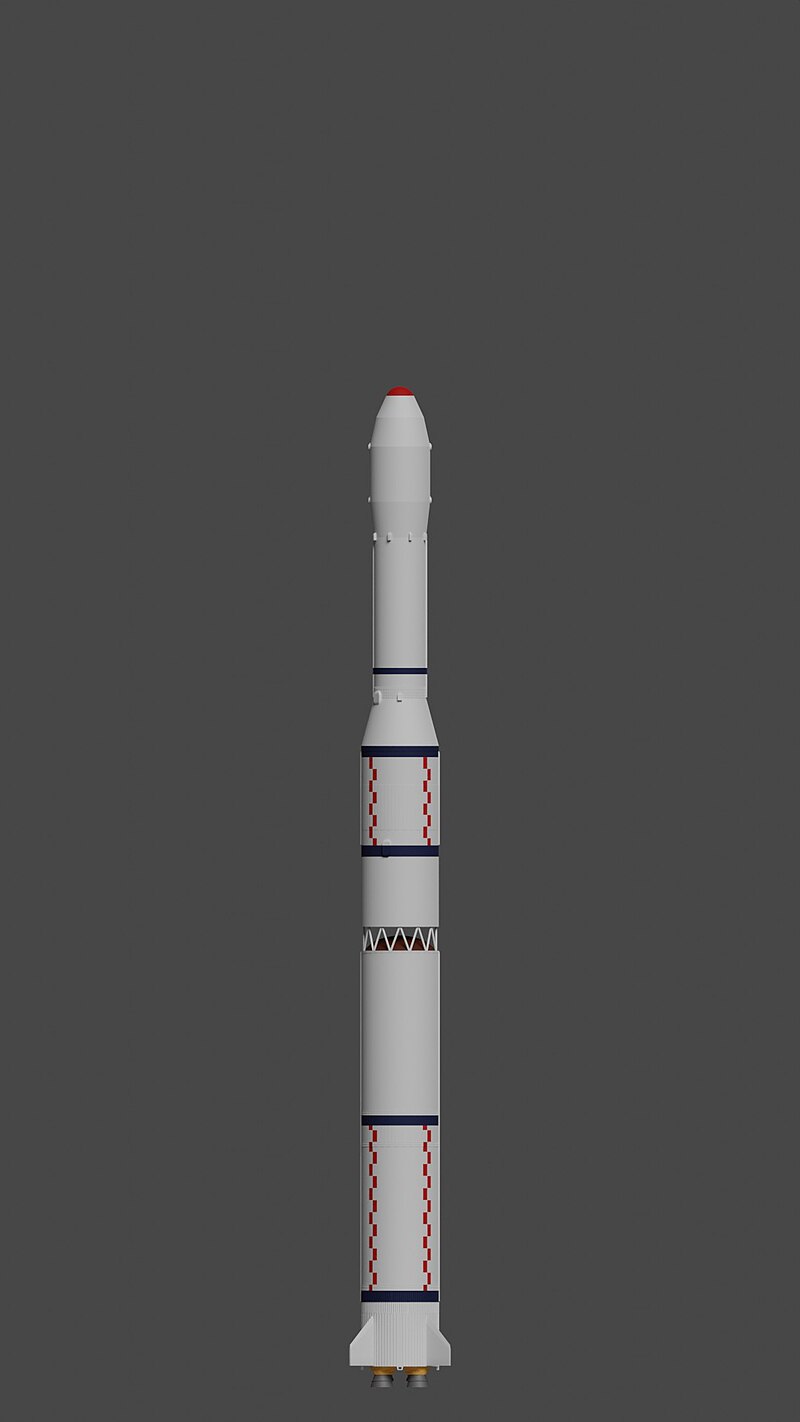
SAST is to blame for making the already difficult to understand situation with the “Long March” even more confusing. In the late 1980s, they decided to create a two-stage version of Chang Zheng 4A and found nothing better than to call it Chang Zheng 2D. It was smaller in size and payload capacity than the Chang Zheng 2C, which had been developed by CALT a decade earlier. However, it had its advantages. To date, China has made 89 launches of this carrier, 88 of which were successful.
Meanwhile, CALT continued to develop its own line of launch vehicles. In 1990, a new launch vehicle called Chang Zheng 2E was launched from the Xichang Satellite Launch Centre. Formally, it was still a two-stage launch vehicle, but the designers decided to improve it by adding four lateral boosters to the first stage, which operated on the same NGMG + nitrogen tetraoxide pair. As a result, the rocket was able to launch 9.5 tonnes of cargo into low Earth orbit, but was unreliable. Out of 7 launches, three were failure, and one of them resulted in the death of people. Therefore, its operation was abandoned, although the idea itself survived, so thoroughly redesigned and the Chang Zheng 2F version was created on its basis.
The beginning of the manned programme
China’s manned programme was on its way, and the Shenzhou spacecraft needed some vehicle to launch it into space. It was the Chang Zheng 2F that launched it into near-Earth space for the first time. The first four launches were unmanned. But on 15 October 2003, Yang Liwei aboard Shenzhou-5 became the first Chinese citizen in space.
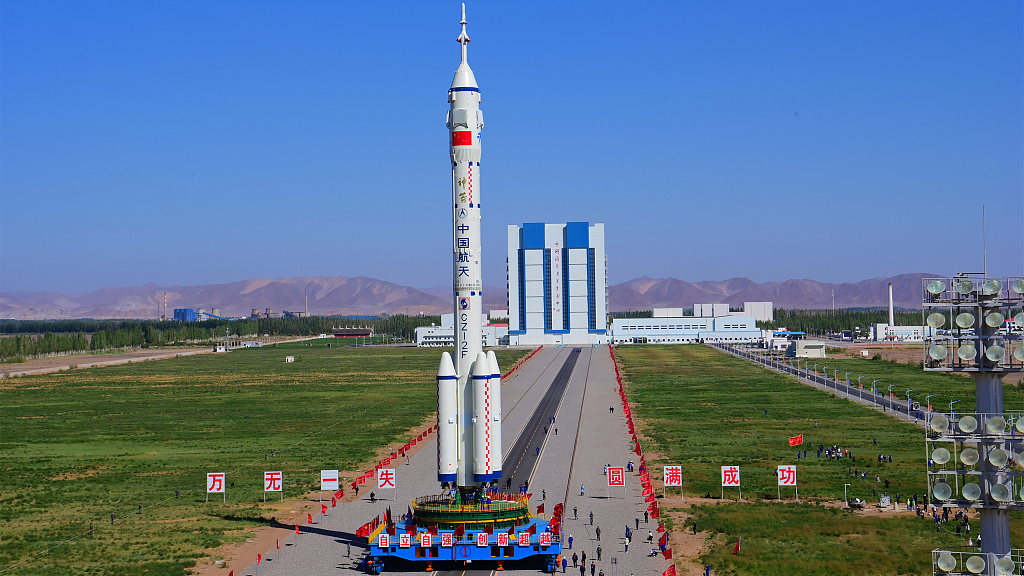
In total, as of April 2024, Chang Zheng 2F has been launched 23 times. All launches were successful. Two of them tested a new generation spacecraft. Two more launch vehicles launched the Tiangong-1 and Tiangong-2 space stations into space. The rest launched Shenzhou craft into orbit.
CALT also developed three-stage rockets. In 1994, Chang Zheng 3 was replaced by Chang Zheng 3A. It was distinguished from its predecessor by the increased size of the stages and could launch up to 6 tonnes of payload into low Earth orbit. The rocket is still considered to be in active use, although it was last sent into space in July 2018. Over the 24 years of operation, 27 launches have been made. All of them were successful.
The next was the Chang Zheng 3B modification. Engineers lengthened the Chang Zheng 3A even further and attached four boosters to the rocket’s lower stage, just as they had done with the Chang Zheng 2E. Only this time, everything turned out to be more or less successful.
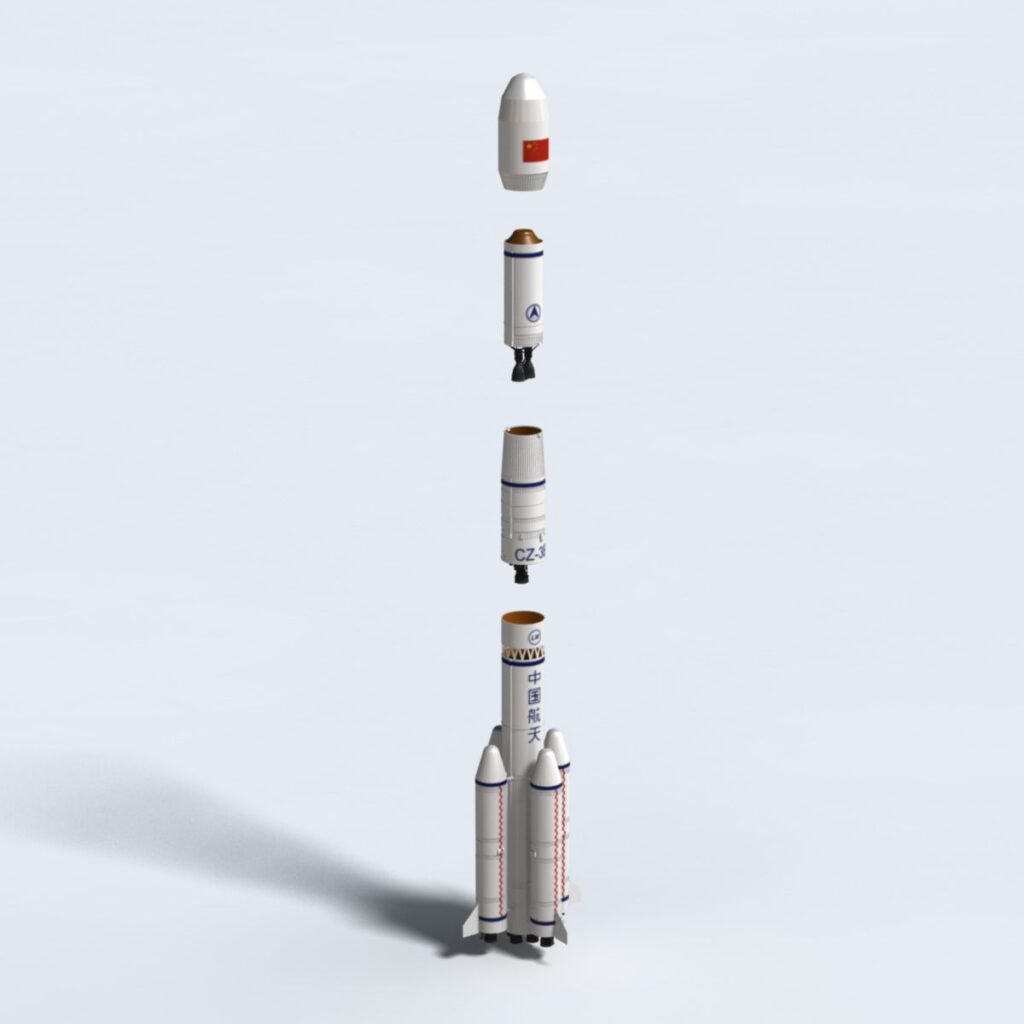
The first launch of the carrier took place in February 1996 and was a failure. However, the second launch went off without a hitch, and in total, Chang Zheng 3B has been launched 94 times into space over the years — more than any other Chinese rocket. Meanwhile only 4 of those launches were partial or complete failure.
The latest rocket designed by the Chinese on the basis of the Dongfeng-5 is Chang Zheng 3C. The carrier is a version of the Chang Zheng 3B, which has only two boosters on the first stage instead of four. The first launch took place in 2008, and there have been 18 launches in total.
The launch vehicles of the 21st century
As early as the 1980s Chinese engineers had ideas to create something that would not be a reworking of ballistic missiles. They especially disliked the toxic components of the fuel. However, they could not replace them with a kerosene/liquid oxygen fuel. The level of industrial development in China at the time did not allow for the production of cryogenic fuel rockets.
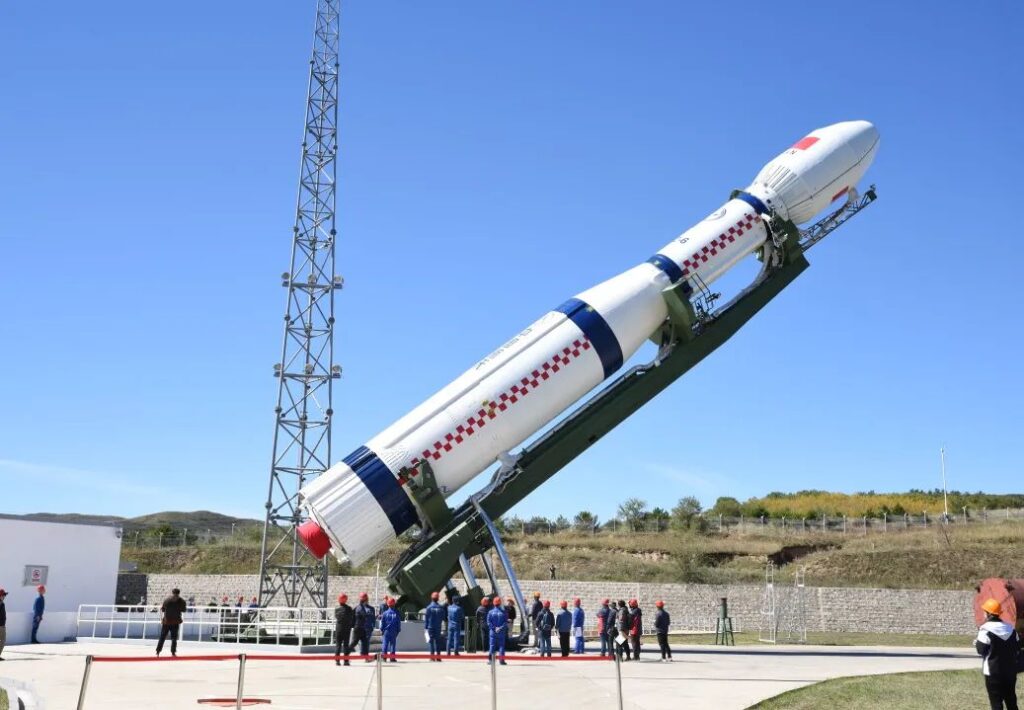
It was only in the 1990s that China, in a still unclear way, received the drawings of the RD-120 engine used on the Zenit rocket. It ran on kerosene and liquid oxygen, and it was on this basis that the Chinese began to create a new generation of their launch vehicles. Their upper stages continued to run on NGMG and nitrogen tetraoxide, but the lower stages were already relatively clean.
The first to launch into space in September was the new Chang Zheng 6 lightweight carrier. This is a three-stage rocket with a height of 29 m that can launch 1,500 kg of payload into low Earth orbit. In total, it has been launched into space 11 times in 8 years of operation. All launches were successful.
Since 2022, China has launched six Chang Zheng 6A rockets into space. They are a modification of the aforementioned light carrier, to which four accelerators were attached. As a result, it was able to launch as much as 4.5 tonnes of cargo into low Earth orbit.
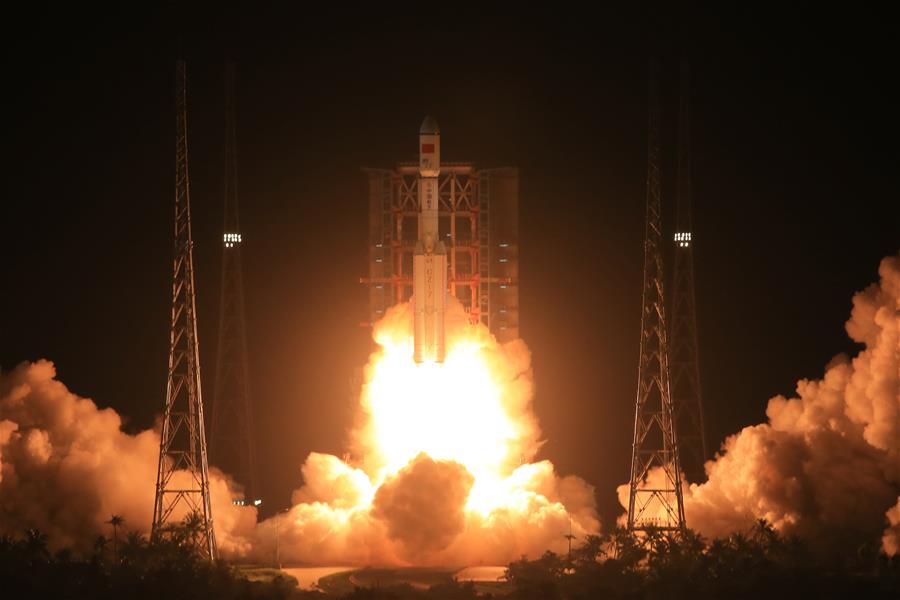
Then in July 2016, China launched Chang Zheng 7. This is already a medium-class rocket. It uses the same YF-100 and YF-115 engines, but has only two stages which are much larger than those of the Chang Zheng 6. At the same time, the first stage has four small boosters attached to it, which also run on kerosene and liquid oxygen. The total height of the rocket, including the large fairing for the payload, is 53 m.
All of this has resulted in a carrier capable of launching 5,500 kg of payload into a polar orbit of 700 km. As for low Earth orbit, Chang Zheng 7 is capable of placing 13.5 tonnes there. In addition to the conventional two-stage version, the rocket has a three-stage version — Chang Zheng 7B.
In total, Chang Zheng 7 has been launched into space 14 times. One of them ended in failure, the rest went off without any major problems. This particular carrier is used to launch the Tianzhou cargo ship, which is used to supply resources to the Tiangong space station.
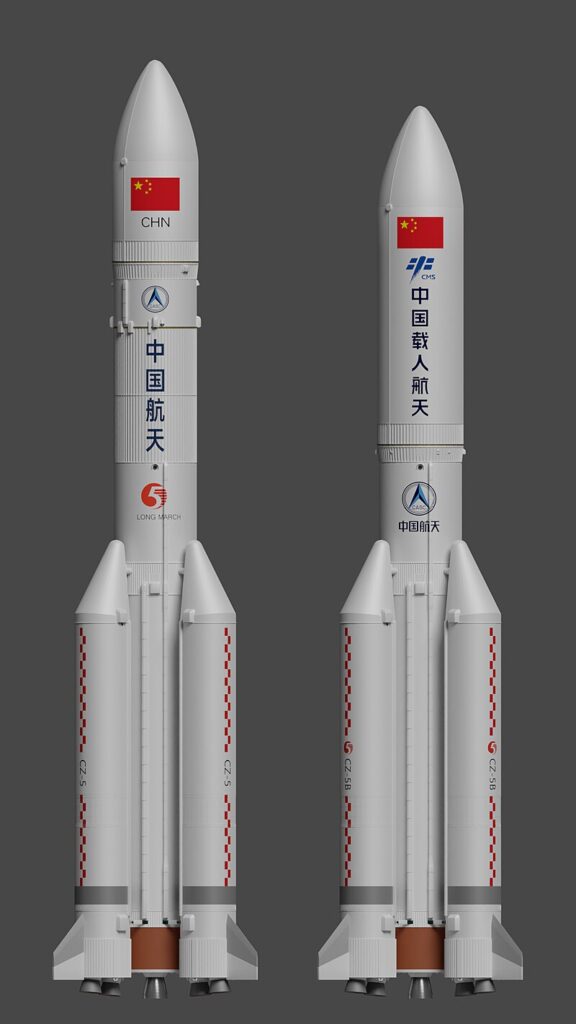
In November 2016, China launched its first heavy missile, Chang Zheng 5. It consists of two stages with a total height of 56 m and four lateral boosters, each of which is the size of a Chang Zheng 6 rocket and uses the same units.
The Chang Zheng 5 is the third-largest rocket in the world in terms of payload capacity among those currently in use. It can launch 25 tonnes of payload to low Earth orbit and 4,500 kg to geostationary orbit.
In addition to the conventional version, Chang Zheng 5 is available in a shortened, single-stage version called Chang Zheng 5B. Together, they have been launched 11 times over the course of their lifetime. All launches were successful and some of them were really interesting. For example, it was with the help of this carrier that the Chang’e-5 lunar lander and the Tianwen 1 Martian mission were sent into space. In addition, it was used to launch the central unit and two research modules of the Chinese Tiangong space station into orbit.
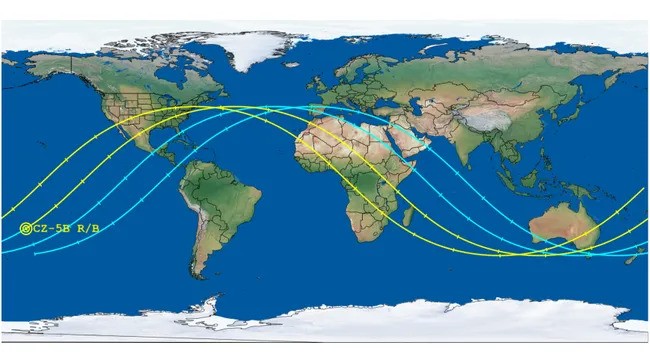
At the same time, Chang Zheng 5 and Chang Zheng 5B provide a not-so-fun ride for the Earth’s inhabitants every time they are launched. The fact is that their design includes a 33.2-metre-high first stage. This is more than a 9-storey building, and the structure weighs 21 tonnes.
The fact is that it reaches a low Earth orbit during the flight and circles it for some time after undocking. Chinese engineers did not equip it with a self-destruct system or controlled re-entry. Because of this, every time there is a threat that it will crash in an unknown place. So after each launch, there is a small chance that it will hit some city.
The future of Chang Zheng
In addition to rockets running on kerosene and liquid oxygen, China in the twenty-first century created the Chang Zheng 11 ultralight carrier. It runs on solid fuel, which is currently being experimented with by many private companies, but rarely does anyone come up with a design as successful as the Chinese, because it is impossible to shut down such an engine or control its thrust.
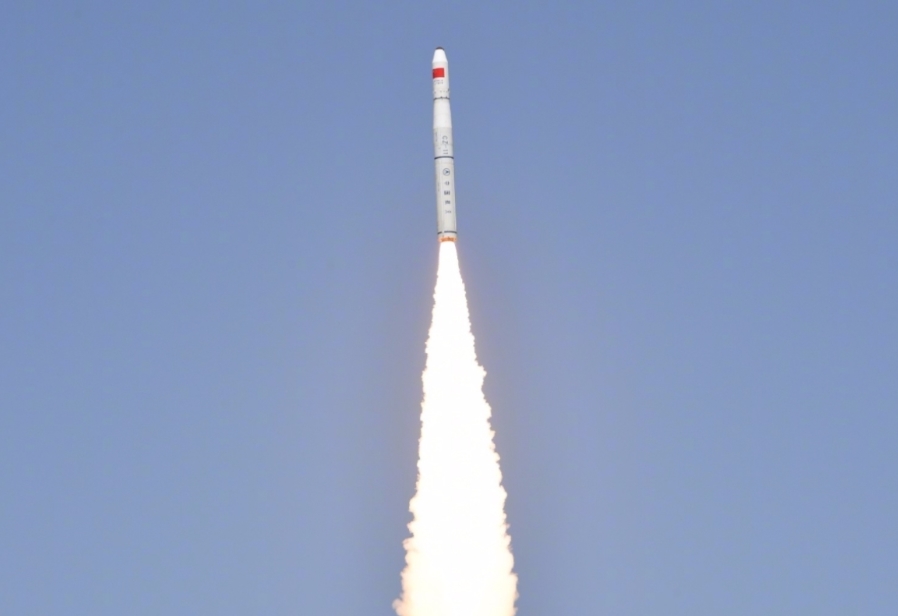
The design of Chang Zheng 11 is very original. In fact, it consists of four small rockets stacked on top of each other, which are ignited in turn. The total height of the entire structure is only 21 m with a diameter of 2 m. At the same time, such a baby can launch as much as 700 kg of cargo into low Earth orbit. The first launch of this ultralight carrier took place in 2015. Since then, 17 launches have been made. None of them was a failure.
At the same time, the Chinese are already working on a new generation of carriers. They have even been launching the first of them into space for four years. We are talking about Chang Zheng 8, which uses liquid hydrogen and oxygen as fuel and oxidiser. This combination is considered to be the most efficient due to its high combustion efficiency, high specific impulse and environmental friendliness. However, because both components are cryogenic, it is extremely difficult to implement.
The debut of Chang Zheng 8 took place in 2020 and it has been launched two more times since then. It is a medium-class rocket capable of placing 8 tonnes of payload into low Earth orbit. China clearly has big plans for it, but it is unlikely to be able to launch it in large numbers in the coming years.
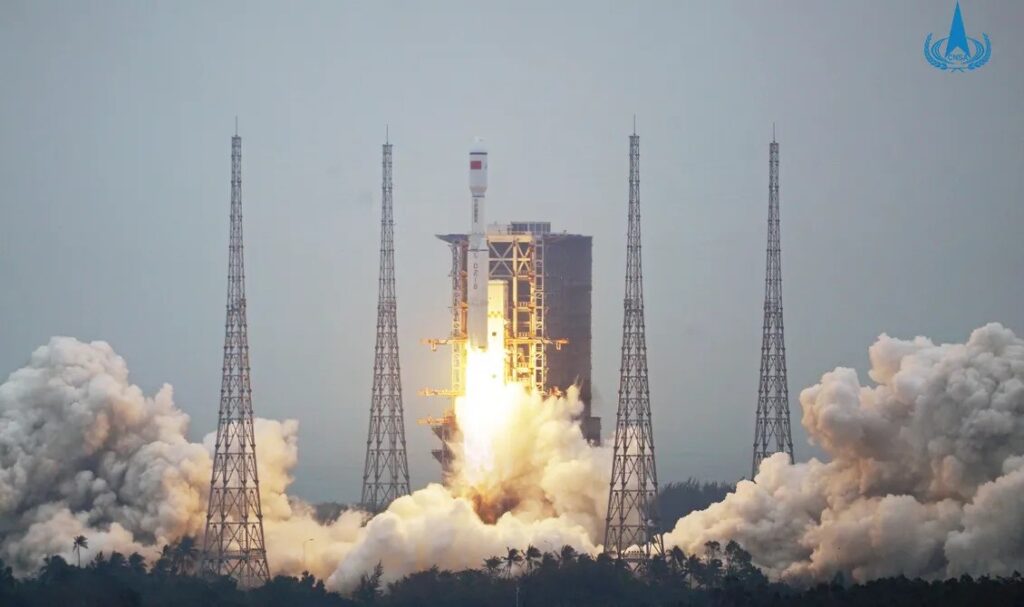
At least three more launch vehicles are still under development. First of all, it is Chang Zheng 9, a super-heavy three-stage rocket. It is expected to be able to launch 150 tonnes of payload into low Earth orbit, but it can also be used to send cargo to the Moon and other planets.
Its development has been underway since 2016, but nothing specific is known about its design. Chinese officials are always talking about different options, either methane as a fuel, liquid hydrogen, or even solid-fuel boosters. In any case, it will not be launched into space until 2030.
A little more is known about Chang Zheng 10. This super-heavy launch vehicle was originally designed as an analogue of the US SLS. Its main task will be to deliver people to the Moon. It is expected that it will be able to “push” a cargo weighing up to 27 tonnes onto the trajectory to our satellite. Unlike the previous project, this one has already entered the stage where engineers are testing its individual elements. It is possible that the rocket will make its first flight before the end of this decade.
So how do you avoid getting confused?
At first glance, it may seem that even after all these explanations, it is easy to get confused about Chang Zheng series. In fact, it is not that difficult. Most often, the Chinese still launch different versions based on the Dongfeng-5. China is actively decommissioning these ballistic missiles, so local engineers have plenty of material for new cheap carriers.

The rockets numbered 2, 3, and 4 are exactly the same old rockets, powered by NGMG and nitrogen tetraoxide, and are mainly used to launch satellites into orbit. Only Chang Zheng 2F, which is used exclusively for launching manned missions, should be mentioned separately.
A little less frequently, China launches kerosene/liquid oxygen rockets. It is worth keeping in mind that Chang Zheng 6 is a light rocket, Chang Zheng 7 is a medium-lift rocket, and it is the only rocket used to launch Tianzhou cargo ships to the Chinese space station, and Chang Zheng 5 is a heavy rocket. It is this vehicle that is used to launch the most interesting cargoes into space, such as space station modules and interplanetary missions, and it also causes panic down there due to the uncontrolled fall of the giant first stage.
The small solid-fuel Chang Zheng 11 is launched much less frequently, and the hydrogen-oxygen Chang Zheng 8 is an extremely rare and new “beast”. As for Chang Zheng 9 and Chang Zheng 10, the launch of these super-heavy carriers will be seen in the near future.

